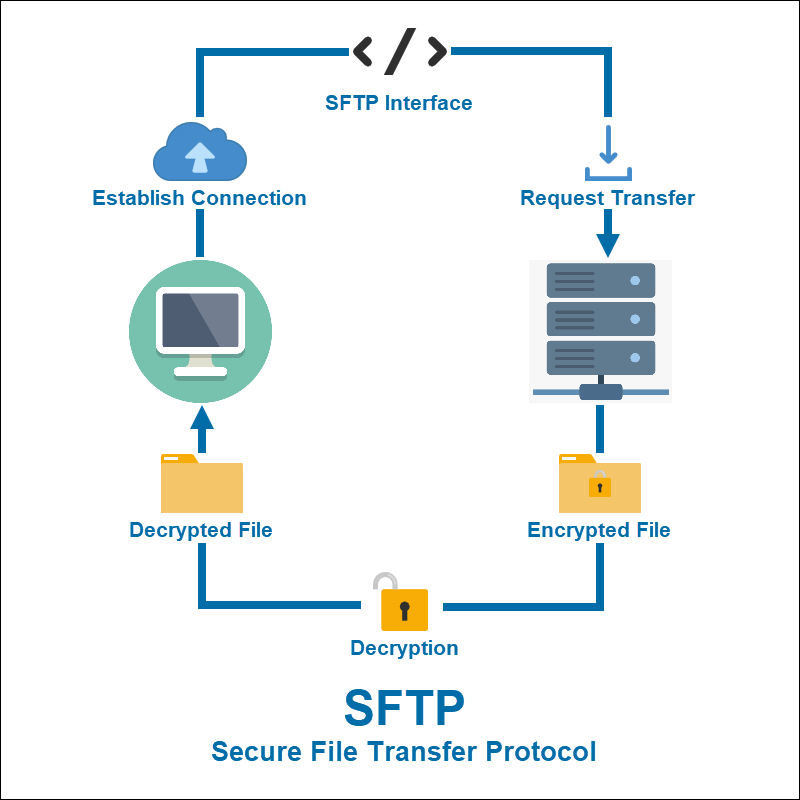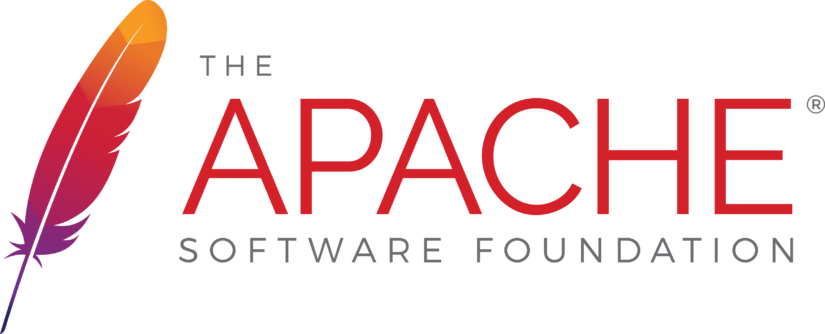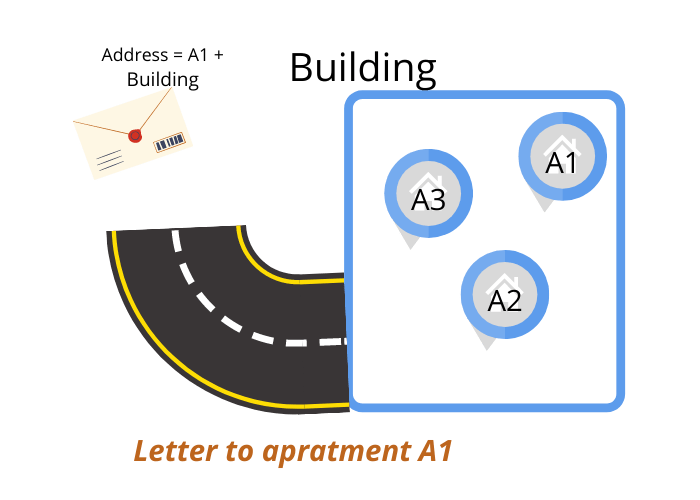
FTP accounts can be used by users to transfer files between computers. These accounts are typically used by web developers to access and edit website files. However, they can also be used by anyone who wants to use a web-based file transfer client.
What is FTP account?
A ftp is a username/password that allows users to connect to a file server using an FTP client. These accounts are typically set up for you by a host, but can also be done yourself.
How can I create FTP accounts?
A cPanel administrator can create an FTP from the Files section of their Control Panel. The first step is to choose the domain that the account will be associated with, and then fill in the details for the account.
A new FTP should appear on the list of Active FTP accounts at the bottom. This account can then be accessed in any FTP client that supports this protocol.

How Can I Manage an FTP Account?
Manage FTP Accounts in cPanel allows you to view and modify the account's details. The account can be deleted or the password changed.
What is a FTP User?
A cPanel users FTP login and password is the same. FTP users will be able to upload files and download them just like cPanel. If a user's FTP password is lost or forgotten, cPanel automatically generates a replacement.
Creating a New FTP User
Logging into cPanel, click File and then FTP accounts. Then click Create New FTP on the left of this page.
On the next screen, you will be able to select which type of directory the user should have access to. The default directory is public_html, but you can give the user access to anything else you want by typing a / after it.
What is FTP's User Quotas?
FTP users' quotas are the maximum bandwidth that they can use to upload and download files. Once the quota has been reached, users will be unable to download or upload any files until the quota has been reset.

FTP User
The cPanel Control Panel allows you to create an FTP user and give it permission to upload and/or download files in a certain directory. This feature can be useful if you run multiple websites. It will limit the number of files that each user is allowed to download and upload per day.
FTP User Management
An FTP user has the same login and password that a cPanel user has. The only difference is that they can manage a specific folder, as opposed to uploading and downloading from all folders.
Creating a FTP users is very simple, and you only need the information required by cPanel. You'll only need to provide a username, password and the directory to which you want to grant access. You can set bandwidth or folder restrictions depending on your FTP client.
FAQ
How do I choose a Domain Name?
A good domain name is vital. It is essential to have a unique domain name. People will not be able find you when they search your product.
Domain names need to be short and simple to remember, relevant for your brand, and unique. Ideally, you want something that people would type into their browser.
Here are some tips to help you choose the right domain name.
* Use keywords that relate to your niche.
* Do not use (-), hyphens in your numbers and symbols.
* Don't use.net or.org domains.
* Do not use words you already know.
* Avoid generic terms, such as "domain" or web site.
* Check that it is available.
What is a static web site?
A static website can be hosted anywhere, including GitHub Pages, Amazon S3, Google Cloud Storage, Windows Azure Blob storage, Rackspace Cloud Files, Dreamhost, Media Temple, and others. In addition, you can also deploy a static site to any platform that supports PHP, such as WordPress, Drupal, Joomla!, Magento, PrestaShop, and others.
Because they don't send requests back and forth between servers, static web pages are easier to maintain. Static web pages load faster since there are no requests between servers. These are just a few reasons why static web pages can be a better option for small companies who don't have the resources or time to maintain a website.
Can I create my own website with HTML & CSS?
Yes! You should be able to create a website if you have been following the instructions.
Now that you know how to create the structure of a website, you'll also need to learn some HTML and CSS coding.
HTML stands as HyperText Markup Language. It is similar to writing a recipe. You'd list the ingredients, instructions, along with directions. Similarly, HTML tells a computer which parts of text appear bold, italicized, underlined, or linked to another part of the document. It is the language of documents.
CSS stands for Cascading Stylesheets. Think of it like a style sheet for recipes. Instead of listing every ingredient and instructions, you create general rules about font sizes, colors, spacing and other details.
HTML tells the browser how to format a web page; CSS tells it how to do it.
You don't have to be a prodigy if you don’t get the terms. Follow these tutorials, and you'll soon have beautiful websites.
Should I use WordPress or a website builder?
You can start small and build a solid web presence. If you have the time and resources to build a full-blown site, then do so. If you don't have the resources to build a full-fledged site, a blog may be the best choice. You can always add features later as you learn how to design and develop websites.
Before you start building your website, it is important to establish a primary domain. This will give you a pointer to which to publish content.
How much does it take to build a website.
The answer to that question depends on the purpose of your website. Google Sites, for example, might not be necessary if you are merely looking to share information about your business or yourself.
If you want to attract more visitors to your website, however, you will need to pay for something stronger.
A Content Management System (like WordPress), is the most popular option. These programs let you create a website with no programming skills. These sites are hosted by third-party companies so you don't have to worry about being hacked.
Squarespace is another way to create a website. Squarespace offers a variety plans that range from $5 per person to $100 per person, depending on what information you want to include.
Does A Good Portfolio Make Me More Likely To Be Hired As A Web Developer?
Yes. When you are applying for a job as a web developer or designer, a portfolio is crucial. Your portfolio should include examples of your skills.
Portfolios are usually made up of examples of past projects. These can be anything that shows off your skill set. Your portfolio should include everything from mockups, wireframes, logos, brochures, websites, and even apps.
Statistics
- Did you know videos can boost organic search traffic to your website by 157%? (wix.com)
- In fact, according to Color Matters, a signature color can boost brand recognition by 80%. There's a lot of psychology behind people's perception of color, so it's important to understand how it's used with your industry. (websitebuilderexpert.com)
- It enables you to sell your music directly on your website and keep 100% of the profits. (wix.com)
- Studies show that 77% of satisfied customers will recommend your business or service to a friend after having a positive experience. (wix.com)
- It's estimated that chatbots could reduce this by 30%. Gone are the days when chatbots were mere gimmicks – now, they're becoming ever more essential to customer-facing services. (websitebuilderexpert.com)
External Links
How To
Drupal 7 Web Design Guide
Drupal is one the most widely used Content Management Systems (CMSs) today. It was originally developed by DriesBuytaert (Belgium) in 2003. The name of the site is derived by Dirk Buijtewaard's surname and Pierre d'Herbemont's surname. In 2005, Drupal became open source, and since then, there are many versions of this CMS. Drupal is widely used today by companies and websites around the globe.
Drupal is popular because of many reasons. It's easy to use and free to download. It is simple to customize and expand. It is well-documented. Fourth, it provides great support through forums and IRC channels. Fifth, it can be expanded via modules. Sixth, it supports multiple languages. It is easy to customize. It can be scaled. It is also secure. Tenth, it is reliable. It is also supported by the community. Drupal is a good choice for your next project due to all of these factors.
You may wonder what Drupal is different from other CMS systems. It's simple. Drupal is an Open-Source Content Management System. This means that it is freely downloadable and completely free to use. Drupal allows you to have full control of your website. You can add pages and remove them.
Drupal is a great option for anyone who doesn't have any technical skills and wants to create a website. Drupal, unlike other CMS, doesn't require you to know programming to build your website. Learn how Drupal works. After that, you'll be able customize your website according to what you need.
Drupal's many pre-built themes, and plugins are another benefit. These plugins can be used to improve your site's functionality. You can use the Contact Form module, for example, to collect visitor contact information. Google Maps allows you to display maps on a website. Drupal comes pre-made in thousands of templates. These templates will give your website a professional appearance.
Moreover, Drupal is highly flexible. Drupal supports many different modules, so you can easily add or remove them from your website without worrying about compatibility. You can do it quickly if you want to integrate social media into your website. You can also set-up RSS feeds, email subscriptions, etc.
In addition, Drupal is highly customizable. Drupal can be customized with custom fields and forms. You can also manage users. You can also create complex layouts with Drupal.
Drupal is reliable and robust. It is stable and scalable. It has excellent security features. Drupal is well worth looking into if you are looking for a web development platform that works.